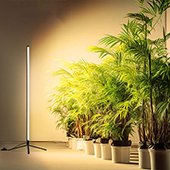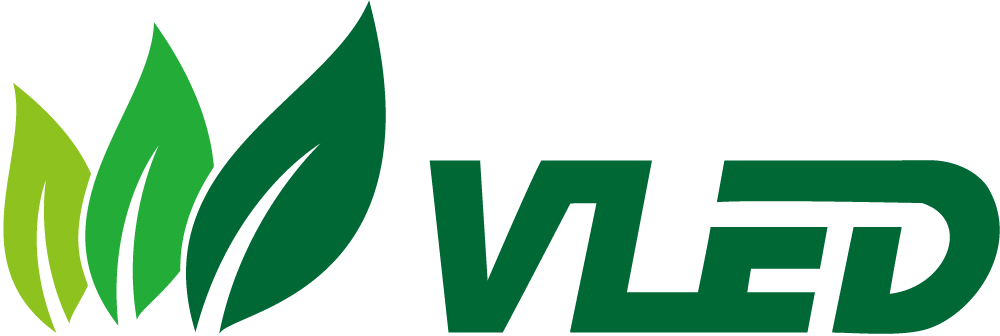Green pothos
As a common indoor foliage plant, green pothos have good shade tolerance and thrive in relatively low light conditions. The ideal light intensity for green pothos is approximately 100-200 μmol/m²·s.
Even in low-light areas, green pothos can still grow, but if the light is too strong, signs of leaf burn may appear.
Herbs
Although herbs can survive in partial shade conditions, providing relatively high light intensity is recommended to ensure their aroma and growth vigor. Generally, the ideal light intensity for herbs is between 300-600 μmol/m²·s.
Annual herbs like basil grow more vigorously in adequate light conditions, while perennial herbs like mint can adapt to lower light but still require some light stimulation to maintain good growth and aroma accumulation.
Leafy vegetables
Leafy vegetables like lettuce and spinach have relatively low light requirements but still need some light to ensure photosynthesis. The ideal light intensity for leafy vegetables is typically between 200-500 μmol/m²·s.
Bean sprouts, which grow rapidly and have a very short lifecycle, have relatively lower light requirements.
Cannabis
Cannabis is a light-sensitive plant, especially during the early growth and flowering stages, where light intensity is crucial for its growth and yield. To obtain high-quality cannabis, growers typically provide high-intensity light, with the ideal light intensity ranging between 400-1000 μmol/m²·s. Particularly during the seedling and flowering stages, light intensity should not be lower than 600 μmol/m²·s.
Strawberries
Although strawberries have some shade tolerance, to achieve abundant fruits and good flavor, the ideal light intensity should be between 300-800 μmol/m²·s, especially during the flowering and fruiting stages, when higher light levels are needed.
Tomatoes
Tomatoes are typical sun-loving plants, and sufficient light intensity greatly impacts their growth, development, and yield. When grown indoors, the light intensity for tomatoes should be at least 500-1000 μmol/m²·s, particularly during the fruiting stage.
Higher light intensity during this stage aids in fruit ripening and sugar accumulation, thereby improving the quality and yield of tomatoes.




